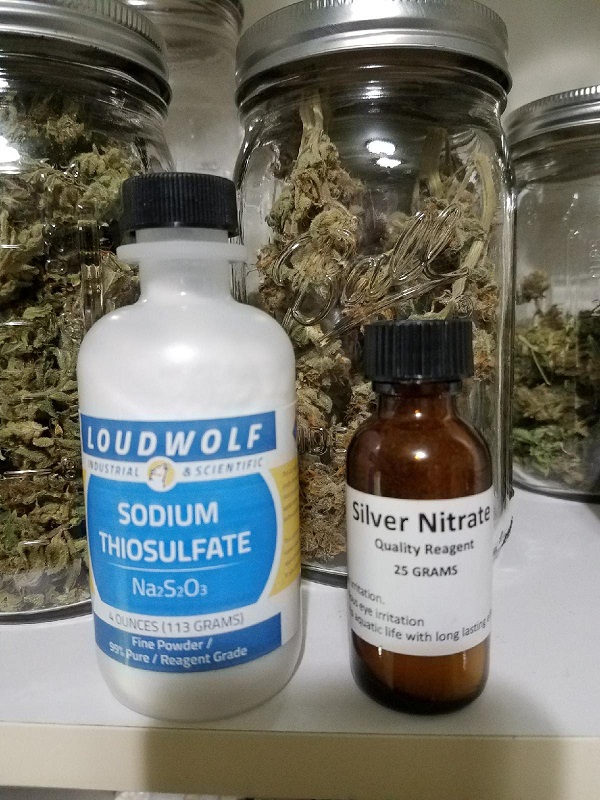Daniel Lawton
Well-Known Member
Surprising. I'll add that to my list of things that can happen.
I plan to design a more stable STS system soon, because I'm cloning seeds. Maybe once I have that and can try cloning seeds on every grow, I'll test the runoff theory a bit. I know for a fact none of the seed varieties I have tend to go herme.
My seed goal is reliably < 12" autoflower seeds, with Northern Lights and Amnesia Haze being prime candidates.
My strategy on the STS is to keep the silver nitrate and sodium thiosulfate solutions separated in bottles with an eye dropper, and only mix enough for a single plant, when needed.
I'm pretty sure both solutions are stable if you keep them away from light, like in the fridge.
Even cooler would be to get a Dave's Adjustable Hot Sauce bottle, which mixes according to how you set it when you spray your food. If that would work for STS, it'd be pretty neat.
Ok, you have to be high to appreciate that design. And someone might spray their nachos by accident.

I plan to design a more stable STS system soon, because I'm cloning seeds. Maybe once I have that and can try cloning seeds on every grow, I'll test the runoff theory a bit. I know for a fact none of the seed varieties I have tend to go herme.
My seed goal is reliably < 12" autoflower seeds, with Northern Lights and Amnesia Haze being prime candidates.
My strategy on the STS is to keep the silver nitrate and sodium thiosulfate solutions separated in bottles with an eye dropper, and only mix enough for a single plant, when needed.
I'm pretty sure both solutions are stable if you keep them away from light, like in the fridge.
Even cooler would be to get a Dave's Adjustable Hot Sauce bottle, which mixes according to how you set it when you spray your food. If that would work for STS, it'd be pretty neat.
Ok, you have to be high to appreciate that design. And someone might spray their nachos by accident.



